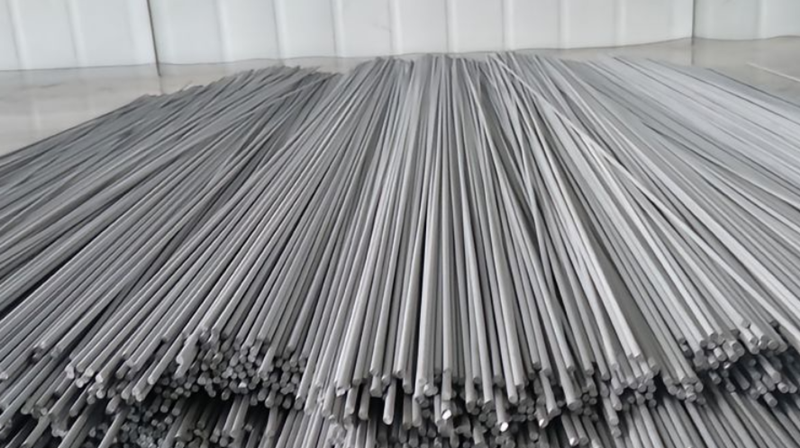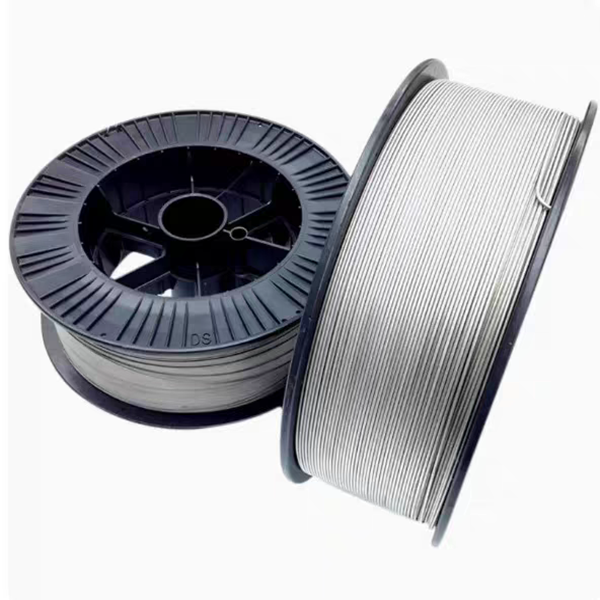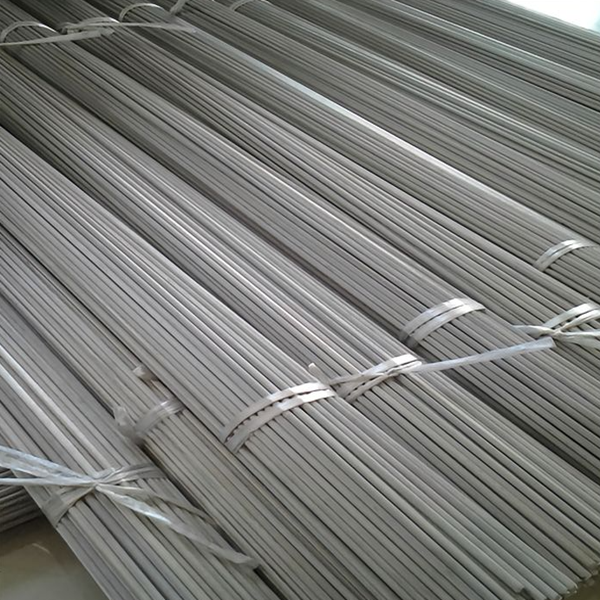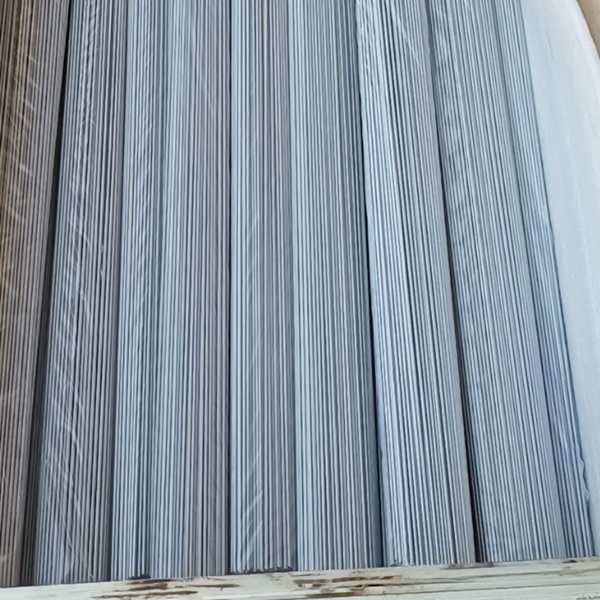AMS4959 Ti-13V-11Cr-3Al Titanium Welding Wire | Ti-13-11-3
Ti-13V-11Cr-3Al Titanium Welding Wire is a welding wire made from the titanium alloy Ti-13V-11Cr-3Al, which is also known by its common trade name Ti-13-11-3. The wire is designed for welding this specific alloy, typically using TIG (Tungsten Inert Gas) or MIG (Metal Inert Gas) welding methods, although it can be used with other welding processes as well.
AWS A5.16
AMS 4959
UNS R58010
Ti-13V-11Cr-3Al
Size for Ti-13V-11Cr-3Al Titanium Welding Wire
Wire Diameter | Typical Applications |
0.8 mm (0.031 in) | Fine welding for thin sections or small repair work |
1.0 mm (0.039 in) | General welding for medium-thick materials |
1.2 mm (0.047 in) | Standard welding for medium-thick sections, good for TIG and MIG |
1.6 mm (0.062 in) | Welding of thicker materials, used in heavier structural applications |
2.0 mm (0.078 in) | Heavy-duty welding for large components or high-stress applications |
Chemical Composition of Ti-13V-11Cr-3Al Titanium Welding Wire
Element | Composition |
Titanium (Ti) | Balance |
Vanadium (V) | 13% |
Chromium (Cr) | 11% |
Aluminum (Al) | 3% |
Oxygen (O) | < 0.2% |
Iron (Fe) | < 0.1% |
Nitrogen (N) | < 0.05% |
Carbon (C) | < 0.05% |
What is the welding process of Ti-13V-11Cr-3Al Titanium Welding Wire?
When welding Ti-13V-11Cr-3Al using Ti-13V-11Cr-3Al welding wire, the following key factors should be considered:
Inert Gas Shielding:
The welding process should be conducted in an inert atmosphere, typically with argon or helium, to prevent oxidation and contamination of the weld.
It is especially important to use a backing gas to shield the underside of the weld to avoid oxidation and embrittlement.
Preheating and Post-weld Heat Treatment:
The alloy typically does not require preheating, but careful control of the cooling rate is necessary to avoid cracking or distortion.
Post-weld heat treatment (PWHT) may be required to relieve stress and ensure optimal mechanical properties.
Cleanliness:
Like other titanium alloys, Ti-13V-11Cr-3Al must be kept free of contaminants such as oil, grease, and dirt. Cleaning the material before welding is crucial to prevent hydrogen contamination, which can lead to brittleness or failure.
Heat Control:
Titanium alloys are sensitive to heat input during welding. Excessive heat can cause grain growth, reduce mechanical properties, and increase the risk of distortion. A controlled, low heat input is recommended.
Use of Filler Materials:
Ti-13V-11Cr-3Al welding wire can be used as the filler material for welding similar alloys. If welding dissimilar materials, a compatible filler metal should be selected to avoid brittle intermetallic compounds.



